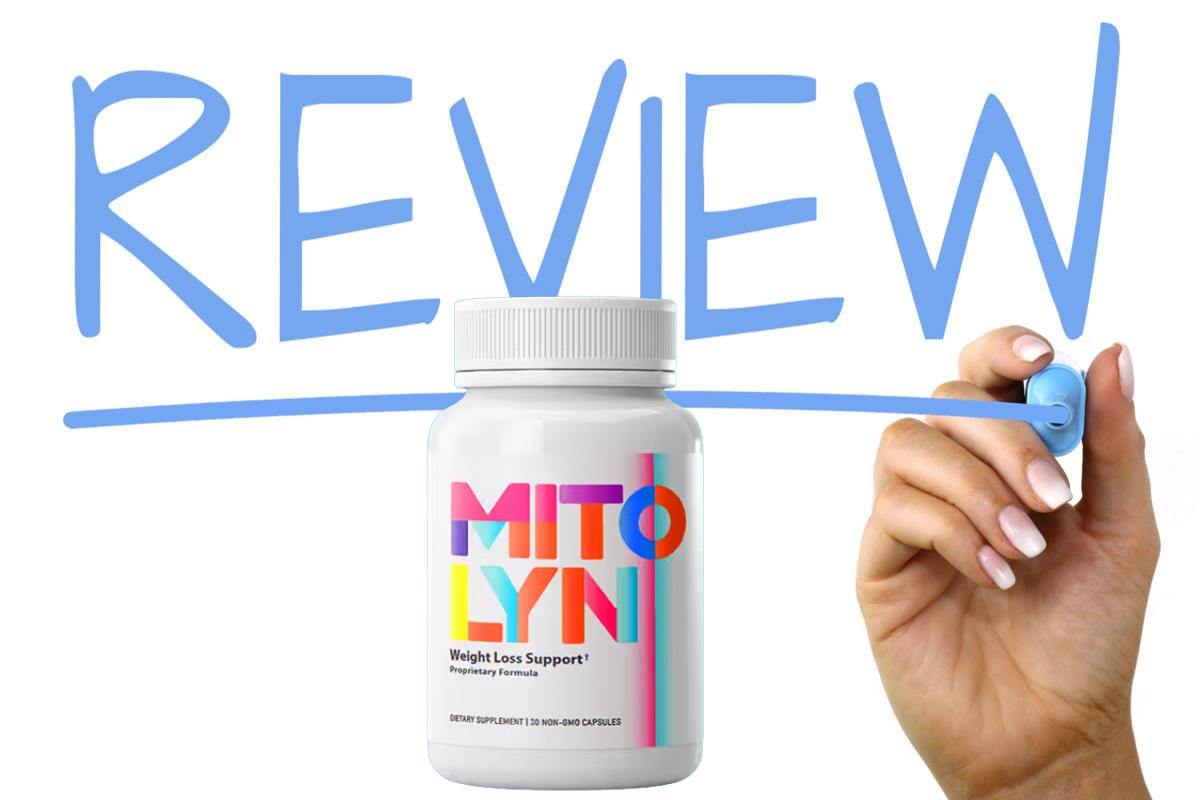You might think Medicare is free, but that’s not entirely the case. While you may get Part A without a premium if you’ve paid Medicare taxes for a decade, other parts come with costs. Part B has a standard monthly premium, and then there are Medicare Advantage and prescription drug plans to evaluate. Curious about how these costs can impact your healthcare budget? Let’s break it down further.
Overview of Medicare Parts
When you explore Medicare, you’ll find it consists of several parts, each designed to cover different aspects of your healthcare needs.
There are four main parts: Part A, Part B, Part C, and Part D.
Part A primarily covers inpatient hospital stays, skilled nursing facilities, and some home health care.
Part B focuses on outpatient care, including doctor visits and preventive services.
Part C, also known as Medicare Advantage, allows you to receive coverage through private insurance plans that include both Part A and Part B benefits, often with additional perks.
Finally, Part D offers prescription drug coverage, helping you manage medication costs.
Understanding these parts helps you make informed decisions about your healthcare options.
Medicare Part A: Costs and Coverage
Medicare Part A plays a significant role in your healthcare coverage by providing insurance for inpatient hospital stays, skilled nursing care, and certain home health services.
Most people don’t pay a premium for Part A if they’ve paid Medicare taxes for at least 10 years. However, if you haven’t met that requirement, you might face a monthly premium.
When it comes to costs, you’ll typically pay a deductible for hospital stays, and there are coinsurance amounts for extended stays.
It’s important to understand that while Part A covers many services, it doesn’t cover everything. Knowing these details can help you plan for potential out-of-pocket expenses and guarantee you receive the care you need without unexpected costs.
Medicare Part B: Costs and Coverage
While many people focus on Medicare Part A, understanding Medicare Part B is equally important for your healthcare planning.
Part B covers outpatient services, including doctor visits, preventive care, and some durable medical equipment. You’ll pay a monthly premium for Part B, which can vary based on your income. As of 2023, the standard premium is $164.90, but it could be higher for high earners.
Additionally, you’ll have a deductible to meet before Medicare starts covering your services. Once you reach the deductible, you typically pay 20% of the costs for most services.
Knowing these costs helps you budget effectively for your healthcare needs and guarantees you’re fully informed about your coverage options.
Medicare Part C: Medicare Advantage Plans
If you’re looking for alternatives to Original Medicare, Medicare Advantage Plans, also known as Part C, might be the right choice for you.
These plans are offered by private insurance companies and bundle the benefits of Medicare Part A (hospital insurance) and Part B (medical insurance), often including additional services like vision and dental care.
You’ll typically pay a monthly premium, along with copayments or coinsurance for services. Unlike Original Medicare, Medicare Advantage Plans may have networks of doctors and hospitals, so it’s important to check if your preferred providers are included.
Additionally, some plans offer extra perks like wellness programs. Overall, Medicare Advantage can provide an all-encompassing coverage option tailored to your needs.
Medicare Part D: Prescription Drug Coverage
One of the essential components of Medicare is Part D, which provides prescription drug coverage to help you manage your medication costs.
With Part D, you can choose a plan that fits your needs, as it offers a variety of options through private insurance companies. You’ll pay a monthly premium, and your costs may vary based on the plan you select.
Additionally, you’ll have copayments or coinsurance for your medications, depending on the specific drugs and tiers in your plan.
It’s important to review your options annually, as formulary lists and costs can change.
Additional Costs Associated With Medicare
Medicare provides valuable benefits, but it also comes with various additional costs that you need to contemplate. Beyond the monthly premiums for Parts A, B, and D, you’ll encounter deductibles, copayments, and coinsurance.
For instance, while most people don’t pay a premium for Part A, you may still face costs if you stay in the hospital. Part B requires a monthly premium, often deducted from your Social Security benefits.
Additionally, if you choose a Medicare Advantage plan, be aware of its specific costs and coverage details. Don’t forget about potential out-of-pocket expenses like vision, dental care, and hearing aids, which aren’t typically covered.
Understanding these costs helps you budget effectively for your healthcare needs.
Conclusion
In summary, Medicare isn’t entirely free, and understanding each part’s costs is vital for your financial planning. While you might not pay for Part A if you’ve worked long enough, you’ll likely face premiums for Parts B, C, and D, along with deductibles and coinsurance. It’s essential to review your options and choose the plans that best fit your needs, so you can effectively manage your healthcare expenses as you age.














